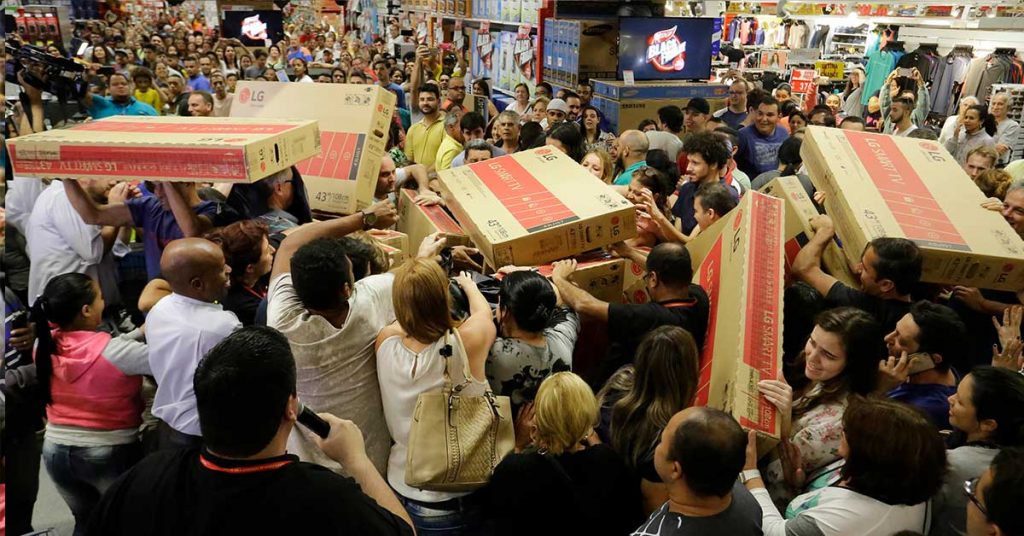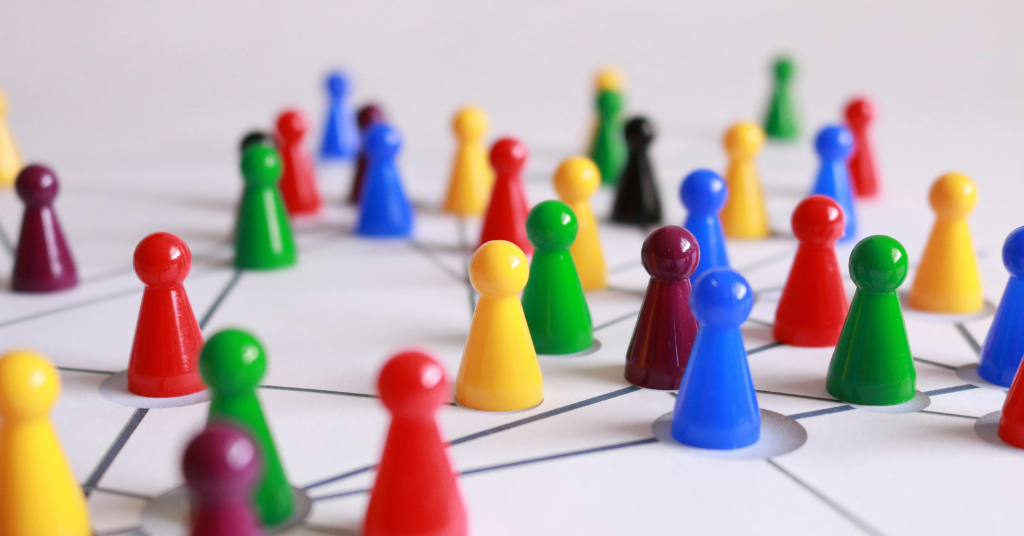Have you heard of Green Friday? Unfortunately, neither have we. Talking about living in a consumer society without sounding like a hypocrite is somewhat hard. Still, once every November, it’s easier not to radiate a particular holier-than-thou image, as Black Friday is a flagrant feast of unnecessary overconsumption with massive sales figures. Last year customers spent a whopping US$8.9 billion in the USA alone, and Europe is coming up too, with 71% of young Europeans who plan to shop for Black Friday this year.
Maximizing profit is businesses’ ultimate goal, and making the most of such opportunities is in their DNA. Therefore, at least once a year, they provide us with reduced prices, realizing their profit on quantity rather than using extra margins. The price we pay is probably less, but the price the planet does is much higher: pollution and exploitation of resources that can’t be replenished.
Shall we start with our gift list with a twist? The most popular gift ideas for the holidays are “clothing & accessories” (77% of respondents plan to buy), “toys & hobbies” (77%), “gift cards & other” (76%), “food & beverage” (70%) and “electronics & accessories.” Apart from gift cards, many items have an enormous environmental footprint. Food is also on the list, but it will be omitted – not because it lacks a footprint, but simply because we buy them all the time, but their peak period is a little later than the last Friday of November.
Clothes
While it’s known that polyester production creates over 706 million tonnes of greenhouse gases, it’s also a major worrying issue that this plastic won’t break down – or at least not in our lifetime and not even in our great-grandchildren’s.
A single pair of stretch jeans leaves a skeleton behind after decomposing, but many of our clothing items are made entirely of spandex or elastane. It would be a mistake to think that natural fabrics are much better: it takes 10,000-20,000 liters of water to cultivate just one kilogram of raw cotton, depending on where it’s grown.
The materials our fast fashion culture is based on usually end up in landfills too. Instead of reusing, repurposing, or recycling them, we make and buy new clothes and dispose of them after being worn six times on average. A poll in the UK in 2019 found that Britons would potentially spend an extraordinary £2.7 billion that year on fashion that will only be worn once! Does it seem like a low number?
Toys and electronic devices
As the golden days of rag dolls and wooden soldiers are gone, there’s a clear overlap between toys and electronic devices. Many of them are bought as gifts, but Black Friday is also a glorious opportunity to throw away what’s old and fetch the new. But before purchasing a new phone, a TV, a notebook or a tablet just for the sake of it, it probably helps to remember that in 2020 the total waste of gold, nickel, cobalt, tin, or copper coming from used devices was more than 53 million tonnes with about only 10 million recycled whilst 43 million tonnes of toxic waste was landfilled.
To cover the need for the production of new devices, the same recyclable materials were mined (even a little more as production volumes grew), degrading waters and soil and often using child labor. Minors as young as six y.o., working and sometimes die in inhumane conditions for US$2/day, like in the case of cobalt mining in Congo.
Gold is not only for jewelry: our devices wouldn’t work without it, so before throwing away an old one, especially without recycling, we need to remember that, being by-products of gold mining, mercury and cyanide contaminate the environment of mining areas, poisoning locals.
Extras
Most of the products we’re purchasing are assembled in faraway lands, and the factories may get raw materials from even further. Shipment is an additional pollution source to the base, which is manufacturing.
Usually, the end of the production process is the packaging – with the primary purpose of protecting the goods we take off the shelves; however, there’s also a secondary goal for them. Packaging is an eye candy – the ultimate hook that gets us to click in the webshop, to reach for a physical one and what we throw away immediately after opening.
According to the statistics of the European Commission, the packaging waste generated was estimated at 177.2 kg per inhabitant in the EU in 2020 (varying from 66.0 kilograms per inhabitant in Croatia and 225.8 kg per inhabitant in Germany), with 32.7 million tonnes of ‘paper and cardboard 15.5 tonnes of plastic and 15.1 tonnes of glass. Although most of it is recovered, there’s also some sad news: the recycling rate has constantly increased until 2016, but it has fallen back to 2011 levels since then.




